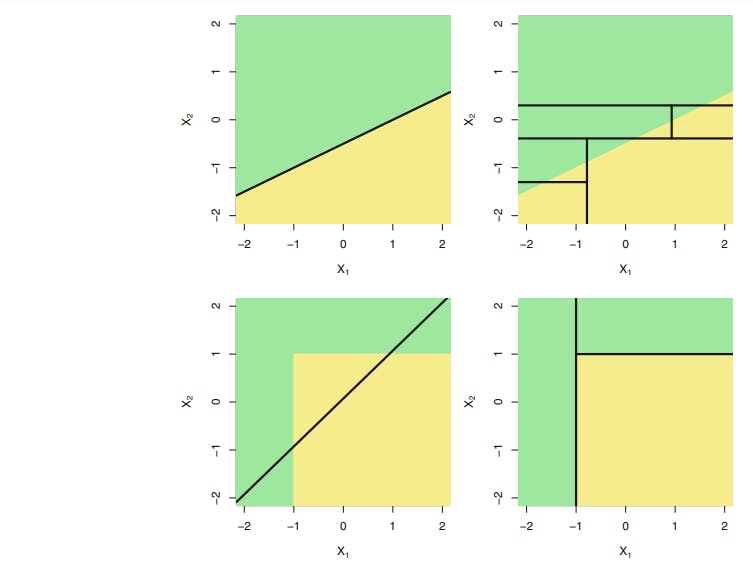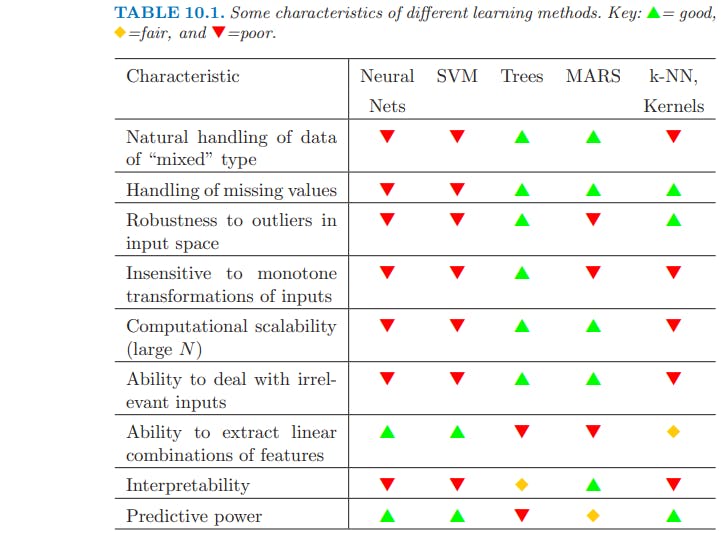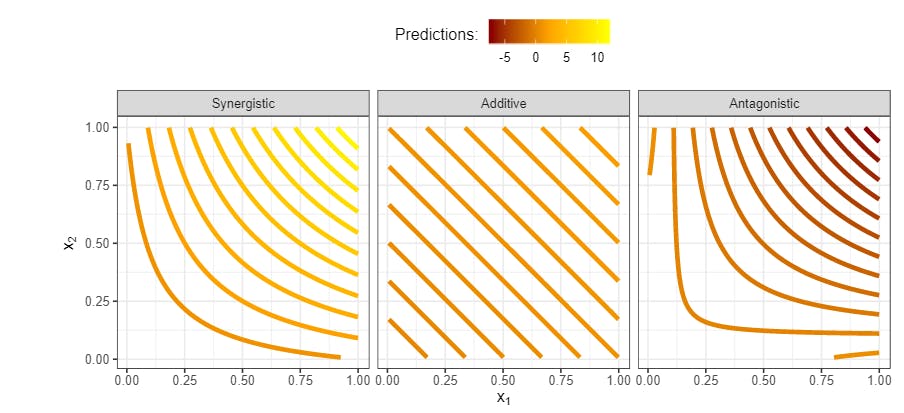Introduction
Hello AI enthusiasts, we are here with another post. This post is focused on a few of the best books available on AI/ML. In recent time, books have taken a little backstage and video-based education has got the centre stage but books have their own relevance.
Books needs your consistent attention while reading that might not be required in video-based learning and sometimes it creates an illusion of completion.
Ranking the best books is always a subjective matter, so we will avoid it except highlighting the best book i.e. Rank#1. All the others books will be just discussed without attributing any specific rank.
We will discuss the following points for each,
- Does the book covers Machine Learning/Deep Learning Or Both
- Does the book just covers the theory or theory/code both
- What are the missing topics
- Salient features i.e. Beginner/Advance etc.
So, let's begin.
#1-Hands-On Machine Learning with Scikit-Learn, Keras, and TensorFlow, 2nd Edition
Author : Aurélien Géron, Publisher : O'Reilly Media, Inc., Release Date : September 2019
This is the best book on ML/DL at this particular moment. I will humbly clarify with due respect to all the other books that it is best when we look at all the aspects of a technical book i.e. Theory/Code, ML/DL, Coverage etc. If we discuss particular aspects e.g. depth of theory, then it might not be the best.
Coverage
It covers both that topic i.e. Machine Learning and Deep Learning. The book has 19 chapters, 9 for ML and 10 for DL. It covers both the theory and code. You will get ample programming examples covering basic code as well as tricky code around Scikit-Learn and Tensorflow.
All the important ML algorithms have been explained. To reinforce the concept a lot of tips, warning and suggestions are placed throughout the book.
Let's see few excerpts,

 Salient features -
Salient features -
- Very balanced coverage of classic ML and the Deep Learning
- Lot of focus on Tensorflow. If you are looking to work with Tensorflow, then it can be your goto book
- Lot of programming examples covering different scenarios
- No chapters on Features engineering, Recommendation system
- Need a basic of Python and a little idea of ML. It can't be your very first book if you are coming from any other area e.g. web programming
An Introduction to Statistical Learning, 1st Edition
Author : Gareth James, Daniela Witten, Trevor Hastie and Robert Tibshirani, Publisher : Springer, Release Date : June 2013
This book should be your very first book if you have just started your ML journey.
This book was published after "Elements of Statistical Learning"(see next section) to make it easy for people with a non-mathematical background. Here is an excerpt from the preface,
One of the first books in this area—The Elements of Statistical Learning (ESL) (Hastie, Tibshirani, and Friedman)—was published in 2001, with a second edition in 2009. ESL has become a popular text not only in statistics but also in related fields. One of the reasons for ESL’s popularity is its relatively accessible style. But ESL is intended for individuals with advanced training in the mathematical sciences. An Introduction to Statistical Learning (ISL) arose from the perceived need for a broader and less technical treatment of these topics. In this new book, we cover many of the same topics as ESL, but we concentrate more on the applications of the methods and less on the mathematical details.
Coverage
The book covers only the ML portion and not the Deep Learning. It should be obvious from the name itself. Programming examples are there but in R i.e. not in Python which is the de-facto programming language of the ML community. Still, R has a decent following.
Book has 10 chapters and is written in around 400 pages. The book starts with a very basic explanation of Machine Learning and moves to explain all the ML areas i.e. Regression, Classification, Ensembling, Unsupervised.
In comparison to the previous book in our list, this book has a statistical touch while Hands-On-ML is focused on Machine Learning and quick implementation with Scikit-Learn/Tensorflow e.g. while performance limitations are discussed inlined with a model but aspects like the assumptions of LinearRegresion are not discussed.
Salient features -
- Starts from very basic and used very intuitive examples
- You can get a free copy of pdf from the official site
- Not much to help if you are looking for programming examples
- Quick and smaller coverage of Ensembling models
- Many intuitive examples across the book e.g. Linear Vs Tree,

Elements of Statistical Learning, 2nd Edition
Author : Gareth James, Daniela Witten, Trevor Hastie and Robert Tibshirani, Publisher : Springer, Release Date : June 2009
Two of the authors are from the list of the last book and this book is from the same group i.e. Stanford. As mentioned in the last section, this book has used a lot of Mathematics and you might find it difficult to grasp in the very first attempt.
You may even skip this book if you are not intended to dive deep into the working of every Model e.g. Loss function and AdaBoost etc. If you want to gain that knowledge this is the book for you. This book is one document equivalent to many ML papers.
Coverage
The book has 18 chapters spread across 750 pages. The book covers only the ML portion and not the Deep Learning portion. It should be obvious from the name itself. It is a purely theoretical book, so no help n programming. On the brighter side, the book thoroughly covers almost every portion of classic ML.
Salient features -
- In-depth coverage of very ML topics
- You can get a Free copy of pdf from the official site
- Ensembling techniques have special attention expanded in ~4 chapters
- Few topics that are missing in most of the books are covered e.g. Kernel Smoothing Methods
- Mathematics focussed and can help you answer many "Why" of ML e.g.

Deep Learning Book, 1st Edition
Author : Ian Goodfellow, Yoshua Bengio and Aaron Courville, Publisher : MIT Press, Release Date : 2016
This is the best book on the subject of Deep learning if we ignore the need for programming examples. It has a few initial chapters on the idea of classic ML but primary the book is dedicated to Deep learning.
You may even skip this book if you are not intended to dive deep into the working of Neural network and Deep Learning. If you want to gain that knowledge this is the book for you. This book is one document equivalent to multiple Deep Learning papers. You may call this book the Deep Learning alternative of "Elements of Statistical Learning".
Coverage
The book has 20 chapters spread across 700 pages. The book covers only the Deep Learning portion and not the classic Machine Learning. It should be obvious from the name itself. It is a purely theoretical book, so no help in programming. On the brighter side, the book covers almost every aspect of Deep Learning meticulously.
Since Deep Learning is an evolving field so few of the latest concepts are not covered e.g. Transformer, Reinforcement Learning i.e. topics that got attention after 2016.
Salient features -
- Simple and not very Mathematics heavy
- You can read it free(online) on the official page
- Very thorough discussion on "Optimization techniques" i.e. the pillar of Neural Network
- A full chapter on "Practical Methodology" and "Troubleshooting". This is one of the most sought portions of Deep Learning"
- Missing key updates of last 4-5 years
Feature Engineering and Selection: A Practical Approach for Predictive Models, 1st Edition
Author : Max Kuhn and Kjell Johnson, Publisher : Chapman and Hall/CRC, Release Date : Aug 2019
Previously listed books were directly on the subject of ML or DL models. But Feature engineering is a very important subject in Classific ML and it is ignored by most of the book. In fact, it is practically impossible for one book to cover it along with the Models. So it deserved a dedicated book and this is that book.
You must read this book even if you have a decent understanding of Machine Learning. It will not just teach you Feature Engineering but also help you understand many concepts e.g. Entity Embedding in ML.
Coverage
The book has 12 chapters spread across 300 pages. The book has all the relevant topics of Feature engineering e.g. Exploratory Analysis, Missing values, Categorical Features, Feature selection etc.
A full chapter is dedicated to Interaction Effect which is an important portion of Interpretable ML and hence not covered in detail in any other book.*
Salient features -
- Overall an elegant writing and visualization
- Exploratory Data Analysis is explained in a beginners-friendly manner
- You can read it free(online) on the official page
- Every WHys has been properly explained e.g. Why we don't see full OHE with LinearRegression
- An excerpts explaining Interaction Effect,

- Only Tabular data is covered i.e. no discussion on Text/Image/Time-Series etc.
- The datasets and R code are available in the GitHub repository
Interpretable Machine Learning, 1st Release
Author : Christoph Molnar, Release Date : Dec 2017
All the above-listed books have tried to explain the concept and/or program of Machine Learning and Deep Learning. As we know Machine Learning itself became a black box when we started working with a large dataset in recent time.
The situation worsens with Deep learning. Lots of research is going on in this field and currently, this book is one of the best to teach you the concepts of Interpretability.
You may skip this book if you are not interested to learn about the topic. Before that, you should look at the other positive takeaway of this book i.e. it will also help you understand the existing ML models. So you must take a look at the book even if you ar are not interested in ML Interpretability.
Coverage
The book has 8 chapters starting with the importance of Interpretability in ML to ML Models and then into Deep Learning. Though Deep Learning aspect is not very comprehensive. You have to rely on research papers for that.
Salient features -
- Start with the very basic i.e. beginners friendly
- A full chapter on "Interpretable Models" i.e. LogisticsRegression/DecisionTree etc.
- You can read it free(online) on the official page
- Covered Feature Importance, SHAP, PDP etc.
- The Author has used R for the plots/analysis
Conclusion
This was all for this post. I know many of the other good books are missing here. This list was based on a goal to provide complete coverage on ML/DL in terms of balancing all the different aspects i.e. Theory/Code, ML/DL, Basic/Expert
For a comprehensive list of other books/post please check our Blog ML in 3 Months
With that you will have an idea of all the good books in this area. Still few books/blogs remain which are in the area of specialized topics in Deep Learning i.e. Computer Vision and Natural Language Processing.

